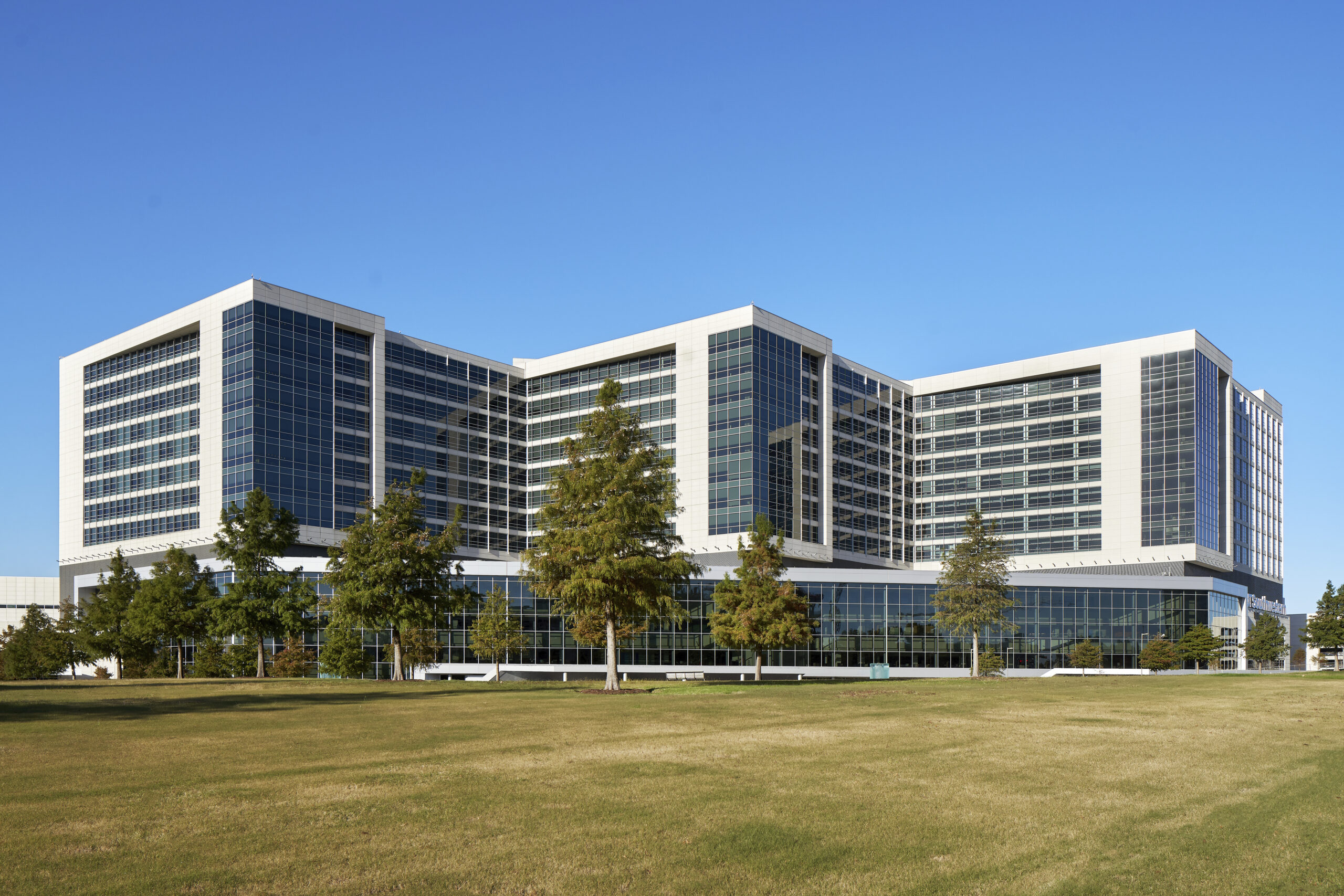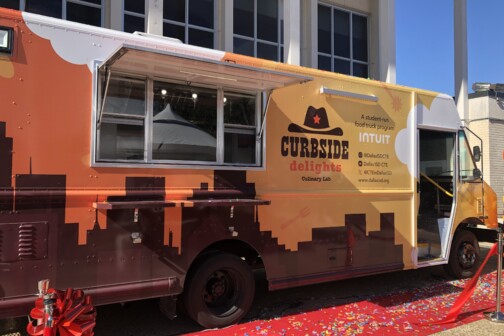Dr. Roberto Gonzalez left his native Colombia as a family practice doctor and found his way to education when he arrived in the United States. After more than a decade in education with Dallas ISD, his two passions are uniting; he will be the inaugural principal of a Dallas ISD choice school focusing on biomedical science.
Gonzalez left his home country to avoid growing violence. He came from a family of educators, so teaching was a natural fit. Even though he was prepared to start a medical career in the U.S., he started teaching and quickly fell in love with education. After several years teaching science and coaching teachers at Kahn Elementary and then as assistant principal at Stevens Park Elementary in Oak Cliff, he has spent the past semester planning the new school.The school is currently called Medical District Biomedical School and will be located on Forest Park Road near Mockingbird and Harry Hines and the Center for Brain Health. (There will most likely be a less generic name before the year begins.)
It is one of several Dallas ISD choice schools whose curriculum focuses range from Montessori to urban design. There are single-gender schools, leadership academies, and performing arts academies, among others. The schools create an environment where both the students and staff have chosen to be there and add options for families. The schools are also meant to attract the middle and upper-middle class who have all but abandoned the majority of Dallas ISD campuses but may be enticed by schools with unique curricular structure.

So what makes this school any different from others with a focus on Math, Science, Engineering, and Technology (STEM)? Not only will this be located in the Medical District, but there will also be direct partnerships with UT Southwestern that will include guest speakers and opportunities for the students to spend time in the medical facilities.
In the planning process and research of other schools that focused on biomedical science, Gonzalez says he hasn’t found anything with such a close connection to a medical school and research hospital. UTSW provided an advisory committee to guide the school’s curriculum. Teachers can access the medical school’s professional development materials to align what is taught in elementary and middle school with the challenges students may see in the medical field as adults.
The school will also have access to UTSW’s simulation center, and, as the students get older, they will be able to use the research center’s labs for experiments. For the younger ages, UTSW staff may come to the school for demonstrations or to teach mini-lessons.
The medical students on campus are another resource and opportunity for collaboration between the school and UTSW. Research says that the best way to master a topic is to teach it, so Gonzalez says they are in discussion about how his school and the medical school can work together to best harness the medical students’ knowledge.
But the collaboration won’t be limited to medical doctors. Nurses, advanced practice providers, emergency medical technicians, and other professionals will be part of integrating the school and health system.
In addition to the focus on biomedical science, Gonzalez says the school’s curriculum will be inquiry-based, making connections between the material and the real world through questioning. That means more experiments and hands-on learning and fewer lectures and worksheets. It also means that the teaching will be interdisciplinary. Think a reading lesson where the weather is a factor in the plot that leads to a discussion about how weather works.
“The lines between one subject and the other may be blurry for the students, but not for the teachers,” Gonzalez says. “For the students, it’s a more holistic approach.”
Gonzalez has begun recruiting for the school. He’s walking nearby neighborhoods and hosting in-person and virtual town hall meetings about the new program. The school’s goal is to have a mix of races, ethnicities, and socioeconomic levels, so Gonzalez is hoping the school is also an option for parents who work in the neighborhood. As a native Spanish speaker and a former medical doctor, Gonzalez is well suited to launch the school in Dallas ISD, which is 71 percent Hispanic. He is also recruiting staff and teachers to launch the school as well.
Anyone can apply to the school’s lottery, though priority will be given to those who live in Dallas ISD’s boundaries. As long as the student lives within Dallas ISD, the district will provide transportation to and from school for everyone. Like many other Dallas ISD choice schools, the population is made up of 50 percent socioeconomically disadvantaged children.
“I love the process that I’m doing right now,” Gonzalez says. “I believe it is unique and that what I’m going to offer the students is worth the time and the effort.”
Applications and more information can be found here.





